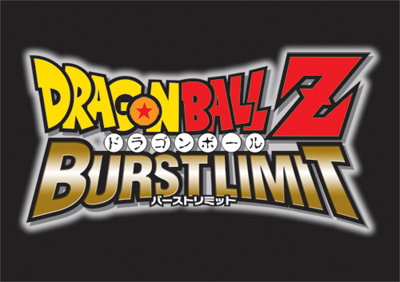Dragon Ball Z video games have probably been around just as long as the Dragon Ball series itself. A slight exaggeration, yes, but I can’t deny that as I child I saw a Super Nintendo fighting game of Dragon Ball Z long before I knew it was actually based on a TV show (let alone know what “anime” actually was back then). I can remember days of going over to my mom’s friends’ houses where the kids would have Super Famicoms with all these Japanese and Chinese games that I’d never heard of, playing as guys who would could fly so far away from each other that a black line would split the screen to keep track of the sprites and who would then go on to blast gigantic fireballs at each other. Pulling the moves off was a bit of a chore as was defending against them; but I’ll be darned if it wasn’t amazing eye candy.
That was the early ‘90s, in the age of 16-bit consoles. This year, we have a new kind of Dragon Ball Z fighter.

Another Dragon Ball Game?!
Dragon Ball Z: Burst Limit which came out last month is the newest addition to Atari’s line of Dragon Ball Z console fighting games, coming after the Budokai series from 2002-2004 and the Budokai Tenkaichi series from 2005-2007. For those familiar with those games, Burst Limit is going to feel very familiar as it takes the basic button layout and playing schemes and ups them for the jump to current generation graphics of the Xbox 360 and the Playstation 3.
There’s no beating around the bush; as mentioned above, it’s a very similar game to the past several years of Dragon Ball Z games. While the new details are certainly important in the jump, the basic gameplay of close-combat, energy blasts and transformations is about the same as it’s been for the past several years. It’s certainly not a bad system and there’s no sense fixing what isn’t broken, but for people looking for something new, this probably isn’t going to be new enough – I mean, aside from the part where Burst Limit is the first Dragon Ball Z fighter for 360 and the PS3, which may be enough for others.
So How Does It Play?
So the basics are all there: you have a health bar, a ki meter for special moves, a block button, a basic attack button, a strong attack button, and an energy attack button. While the different fighters certainly have their own unique strengths and weaknesses, everyone’s controls are more or less the same in terms of button-input for moves. Combos are pretty straight forward of just pressing the attack buttons repeatedly, as are special moves like the “Kamehameha” or “Masenko” blasts where it’s simply a matter of pressing forward plus the energy attack button.
More complex come in the form of timing-based things like “pursuit attacks” (where you press the button immediately after you send someone flying) and teleport dodges (where you press “block” plus forward just as an attack reaches you, teleporting you directly behind your opponent for a quick counterattack). As such, the game tends to have an “easy to pick up and play, plenty of room to learn to master” feel to it.
Thankfully, there’s a very thorough tutorial mode added to the game for people to learn and practice the different moves. It’s a useful, albeit slow-to-use addition to the game.
The actual controls feel responsive enough, never seem broken, and in general get the job done. Timing-based things like the pursuit attacks or ultimate attacks (similar to the pursuit attack but with more button-mashing) are tricky to pull off for a while, but after some practice at it they get a little more comfortable. In general, speed and responsiveness is tied more to the character you choose, where a small, quick fighter like Gohan will be generally more responsive than a monster like Broly (whose lack of speed gets especially tiresome in the story mode where you have to play as him in many, many consecutive fights).
Again, if you’ve played the previous Atari Dragon Ball Z games, the feel of this one will be about the same. It’s far from the deepest, most life-changing fighting gameplay you’ll ever play in life, but it’s certainly not bad in any sense of the word.